The Boeing 757 is considered one of the great classics of the Boeing lineup that is still flying (even though it has been out of production since 2004). While the realities of economics meant that demand for the jet dropped from the airlines, the Boeing 757 has always been popular with the pilots flying it. The Boeing 757‘s successor is the immensely popular and successful Boeing 737 family of airliners (discounting the ongoing drama of the MAX family over the last few years). But many pilots would sooner fly the Boeing 757. Here are five reasons why its pilots have so loved the Boeing 757.
1. Flies like a ‘sports car’
The 757 handles cross winds and flies well
| Engines: | 2x Rolls-Royce RB211-535-E4(B) or Pratt & Whitney PW2000-37/40/43 |
|---|---|
| Range: | 3,378 miles to 4,505 miles |
| Speed: | Max Mach 0.86 |
According to the Flying Mag, pilots often describe the 757 as a ‘sports car.’ The Boeing 757 flies best when it is light, and its handling is described as “almost perfectly neutral.” The handling of the Boeing 757 is described as being the way one should expect an airliner to fly. For example, the large rudder on the airliner makes quick work of crosswinds and V1 cuts.
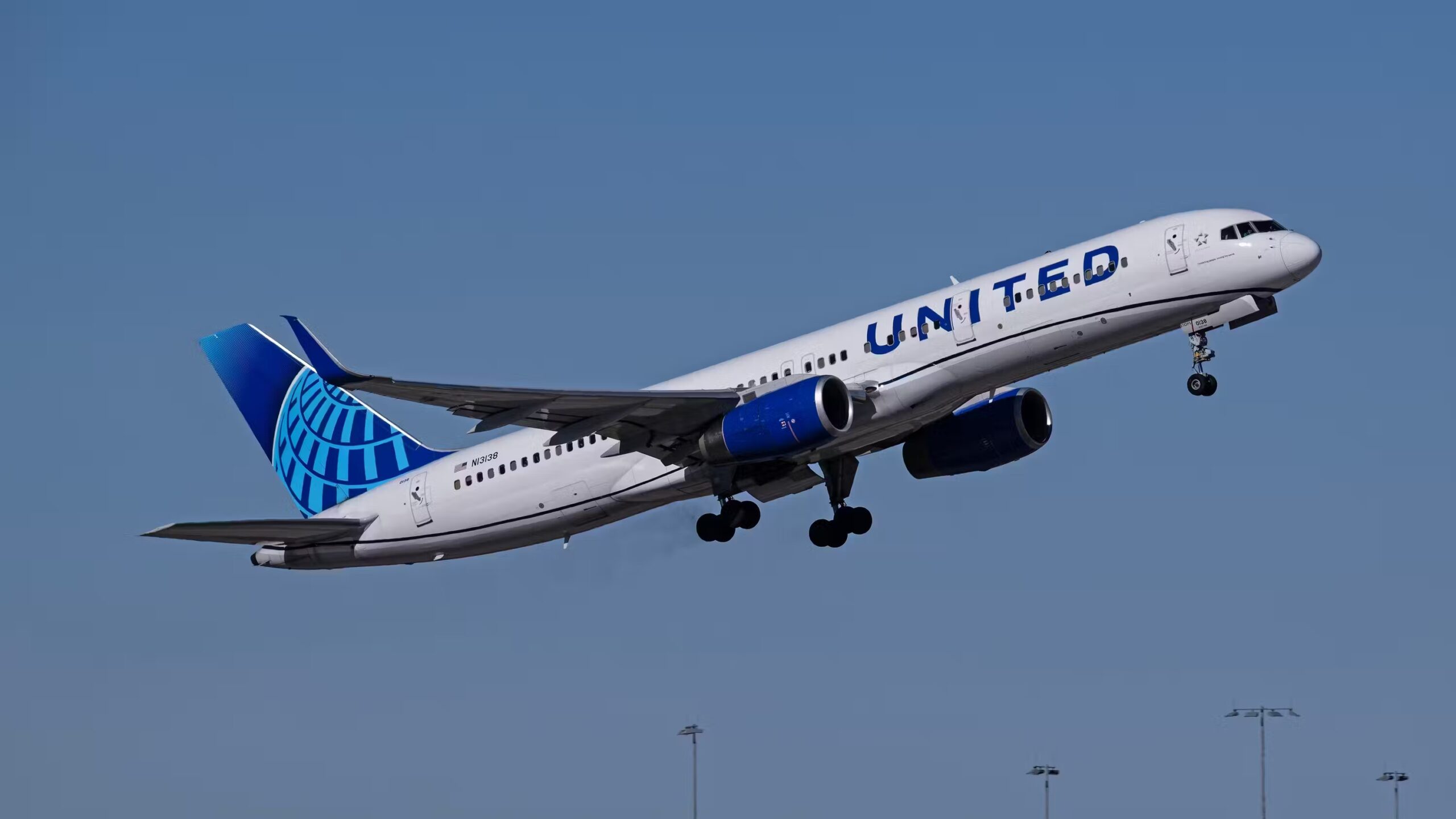
Photo: Robin Guess | Shutterstock
The Boeing 757 is sometimes regarded as one of the best designs the Boeing engineers got right – at least from a pilot’s perspective. Commentators point out that no modern design performs its mission as well as the 757. That doesn’t mean that the 757 isn’t without its failings – after all, there are sound economic reasons why production ended, and it was superseded by the 737.
2. An impressive cockpit
| Cockpit crew: | Two crew cockpit |
|---|---|
| Notable for: | Size and ergonomic layout |
| Notable first: | Glass cockpit design (first for single-aisle Boeing planes) |
The Boeing 757 boasts a large and comfortable two-crew cockpit. This was achieved thanks to the maximum fuselage diameter being brought far forward and the relatively blunt, low-slung nose. The flight deck is described as smartly functional and nicely ergonomic. The buttons and knobs are easy to handle, while systems are logically grouped.
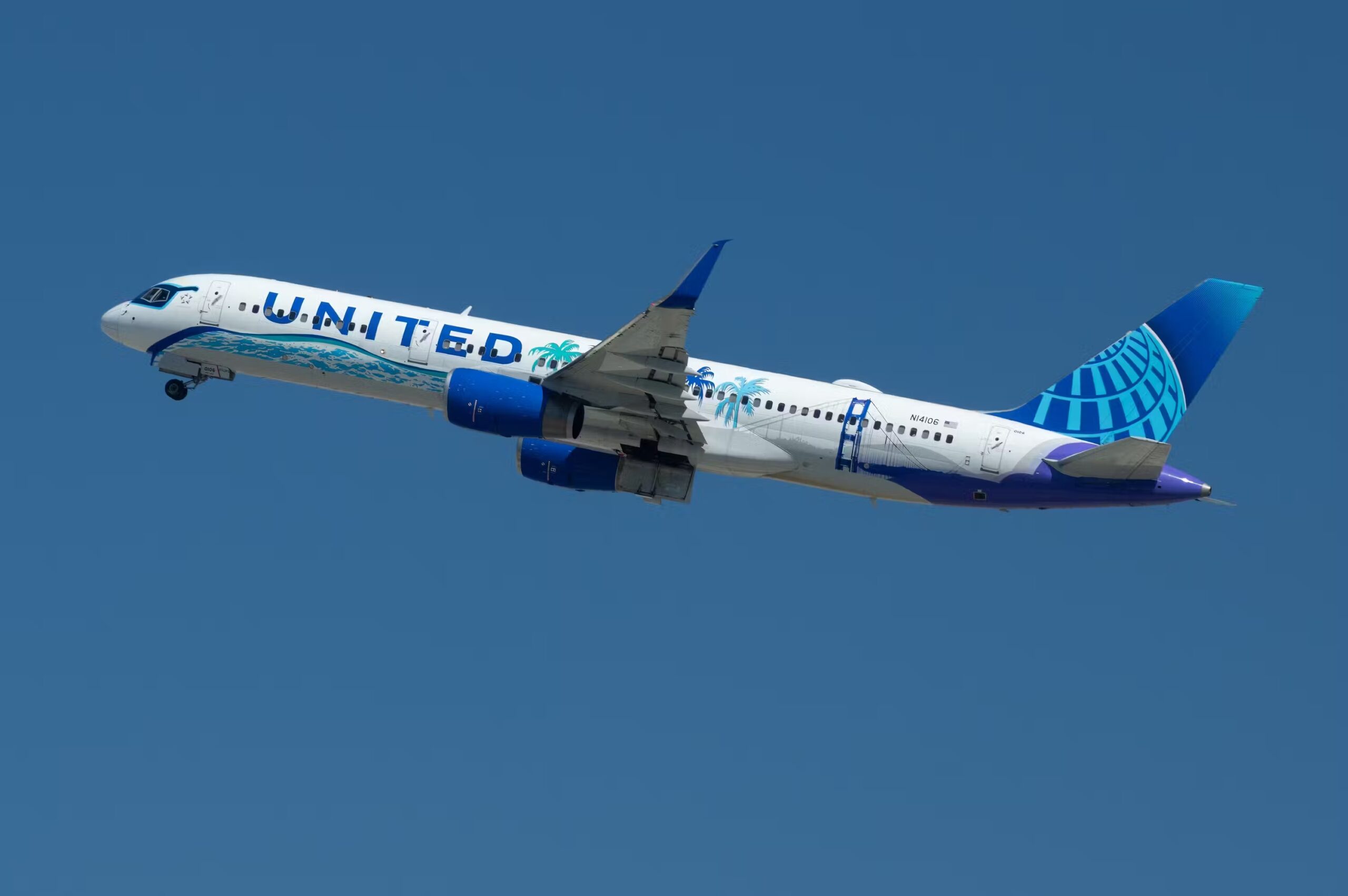
Photo: Angel DiBilio | Shutterstock
The age of the Boeing 757 also means that nostalgic pilots may find the flight deck quaintly antiquated. That said, when it first flew in 1982, it was a rather revolutionary aircraft. The 757’s cockpit is similar to the wide-body Boeing 767, and it even enjoys a common-type rating.
3. Old but gold
1,050 Boeing 757s were produced between 1981 and 2004
| Produced: | 1981 to 2004 |
|---|---|
| Ceiling: | 42,000 feet |
| Variants: | 757-200, 757-200F, 757-300 |
From an economics and efficiency perspective, older-generation airliners can’t compete with new airliners. However, while the 757 is aging, there is some panache surrounding it. The 757 offers pilots the opportunity to actually fly aircraft—it has been known for pilots to downgrade from newer, larger aircraft like the Boeing 777 to the 757 because they ‘miss flying.’
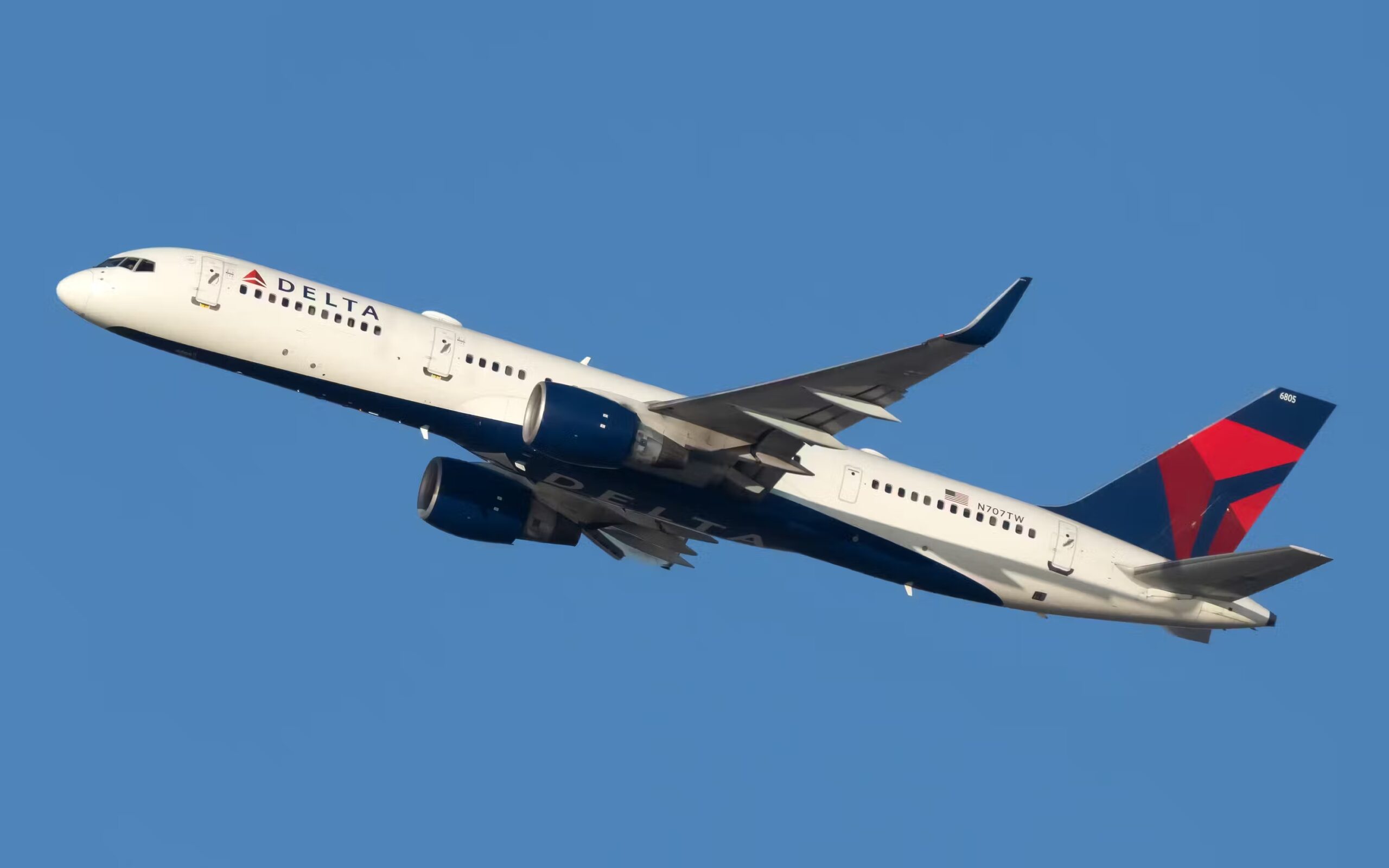
Photo: Vincenzo Pace | Simple Flying
Pilots sometimes describe it as a joy to fly – even passengers often love it and sometimes go out of their way to fly it. While some pilots may fly just for a job, some others may fly because they enjoy flying. As an analogy, while an automatic transmission may be easier and more practical to drive, some just enjoy the control and feeling of actually driving that a manual transmission car provides.
4. Pilot training
Pilots must take a 25-or-so day Boeing 757/767 Type Rating Course
| Specific 757 course: | Boeing 757/767 Type Rating Course |
|---|---|
| Noted for: | Requiring greater pilot training |
| License: | Commercial Pilot License |
According to Golden Epaulettes Aviation, the 757’s weight and size require more proficiency in crosswind landings and departures. The complexity and automation necessitate higher levels of technical knowledge and computer literacy. Consequently, the Boeing 757 hoped to create a new generation of highly trained and experienced pilots.
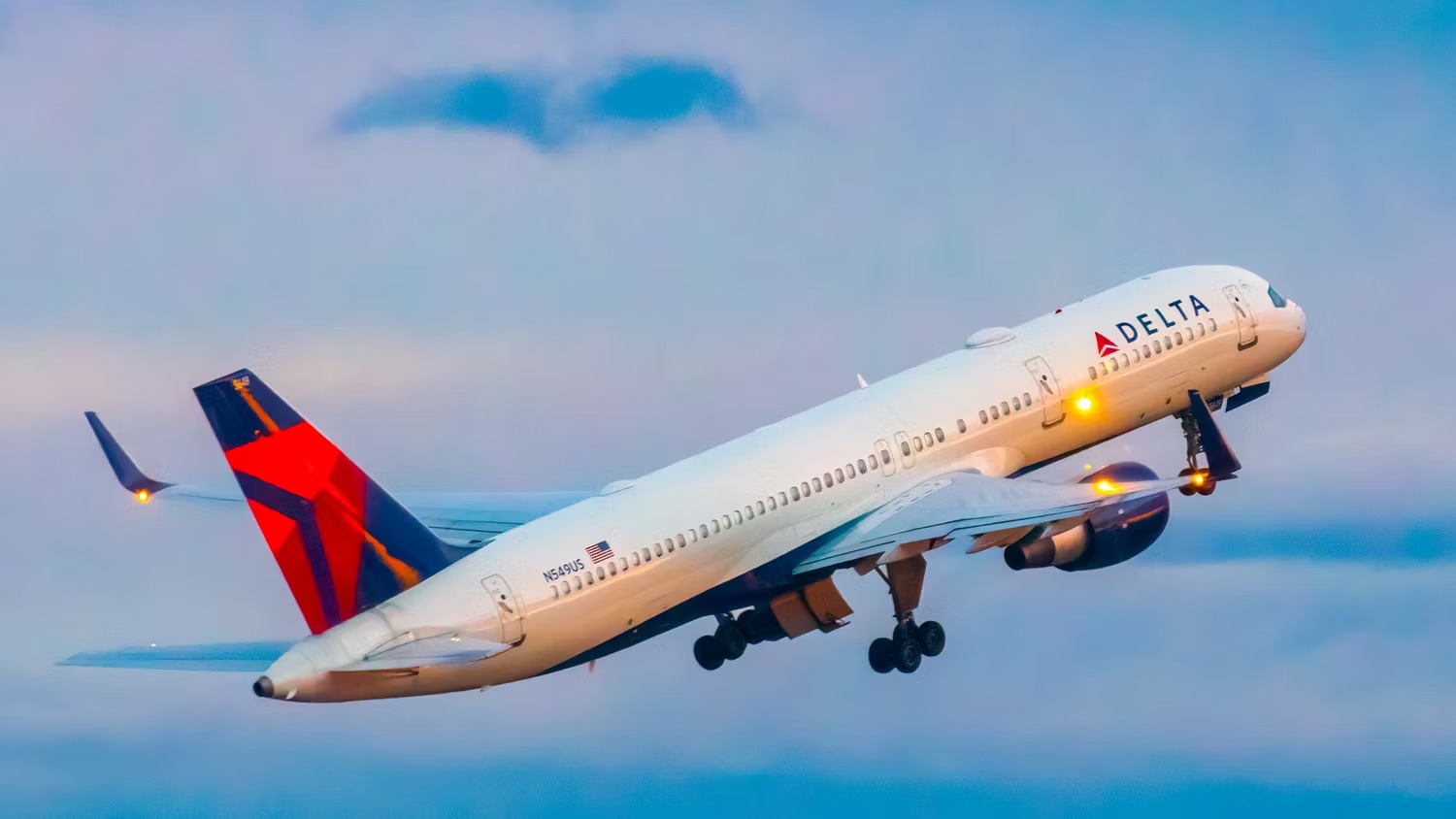
Photo: Joe Kunzler | Simple Flying
The Boeing 757 profoundly impacted the career prospects of pilots (especially in terms of the skills required to fly it) by giving rise to a new generation of highly skilled and experienced professionals. Having acquired the considerable skills and training and demonstrated the high degree of precision and focus needed to fly the 757, pilots could look forward to lucrative employment prospects.
5. Coming back
The 757-like 797 could enter service in the late 2020s
| De facto replacement: | Upcoming New Midsize Airplane (Boeing 797) |
|---|---|
| Service entry date: | Unknown |
| Status: | Under development |
It seems there was never really a proper replacement for the Boeing 757, which is partly why airlines have continued to fly it. Many airlines and pilots hope that Boeing’s New Midsize Airplane (culturally called the Boeing 797) will fill the gap left by the now-aging 757 fleet (although it is far from certain that the Boeing 797 will ever go into production).
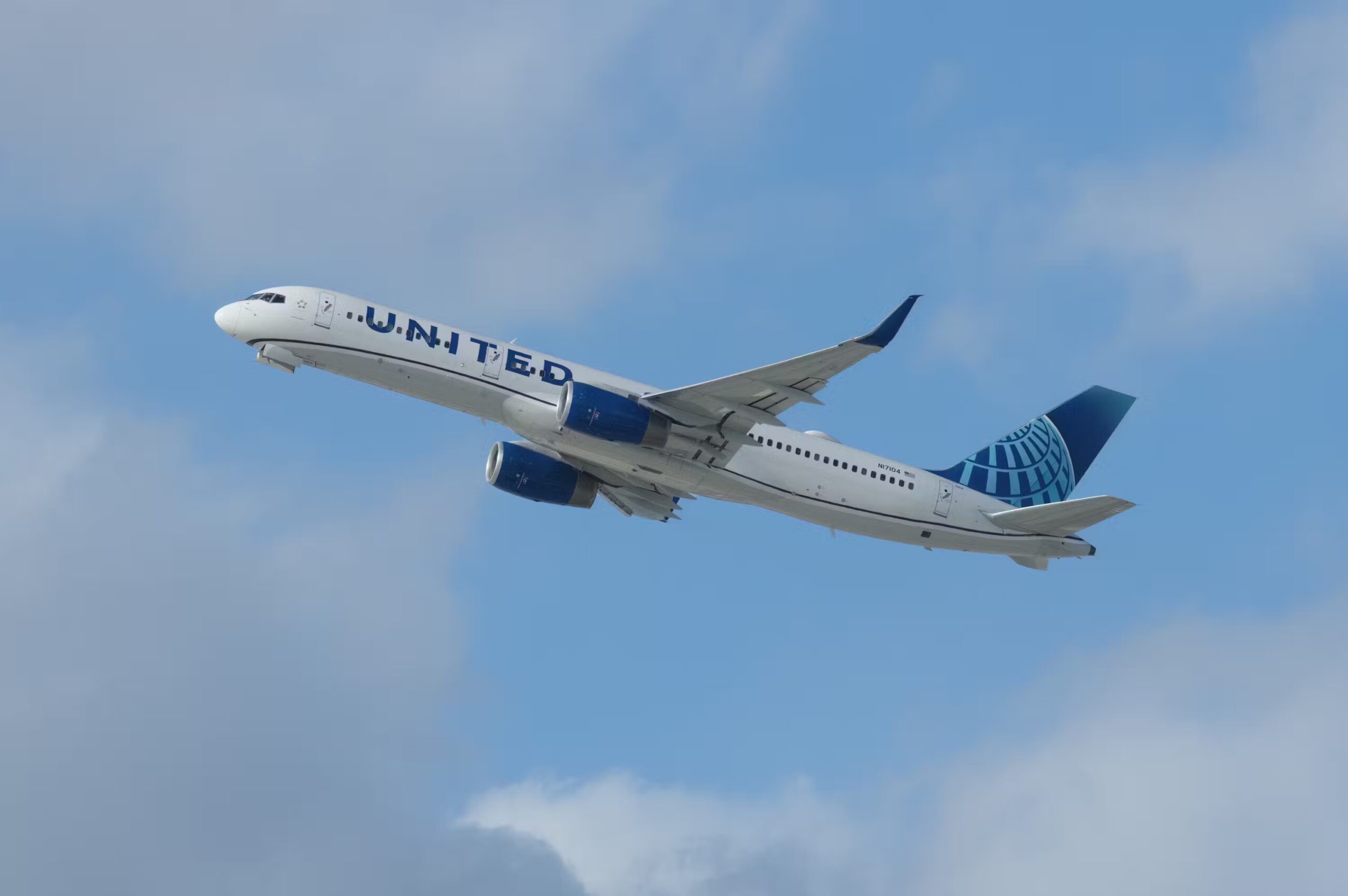
Photo: Angel DiBilio | Shutterstock
The Boeing ‘797’ project started in 2015 (around 11 years after the Boeing 757 went out of production), and various airlines have expressed interest in the new aircraft. The 797 will likely be a seven-abreast twin-aisle aircraft, with estimates placing the demand between 2,000 and 4,000. The Boeing 797 is expected to offer significant savings over existing aircraft of its class.
Source: Simple Flying
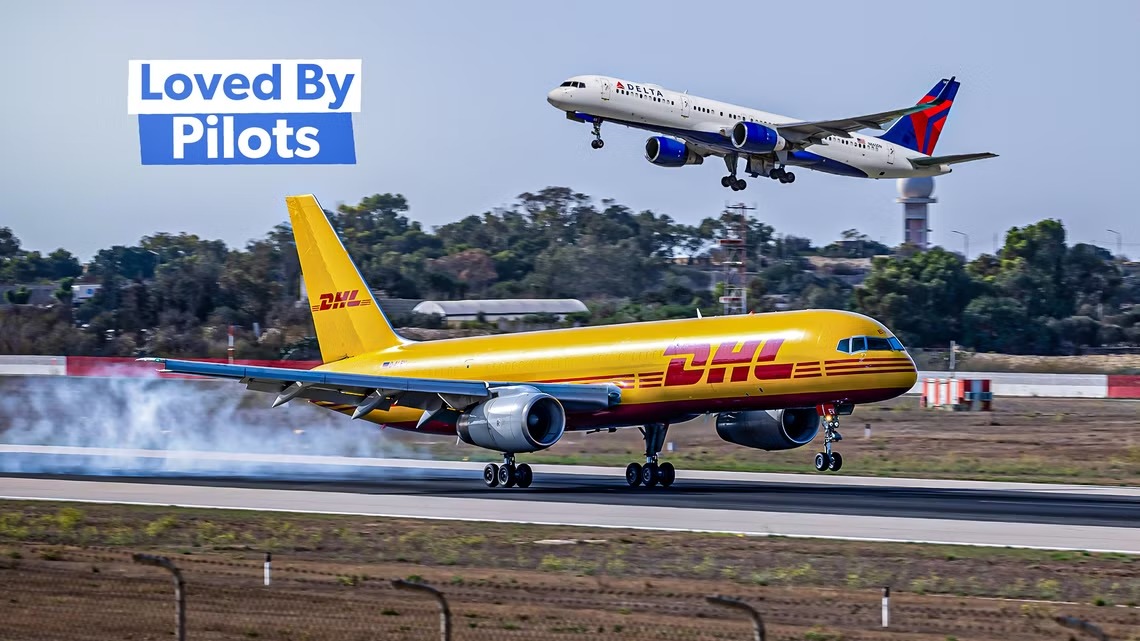
Warning: Illegal string offset 'cookies' in /home/u623323914/domains/eng.bayviet.com.vn/public_html/wp-includes/comment-template.php on line 2564